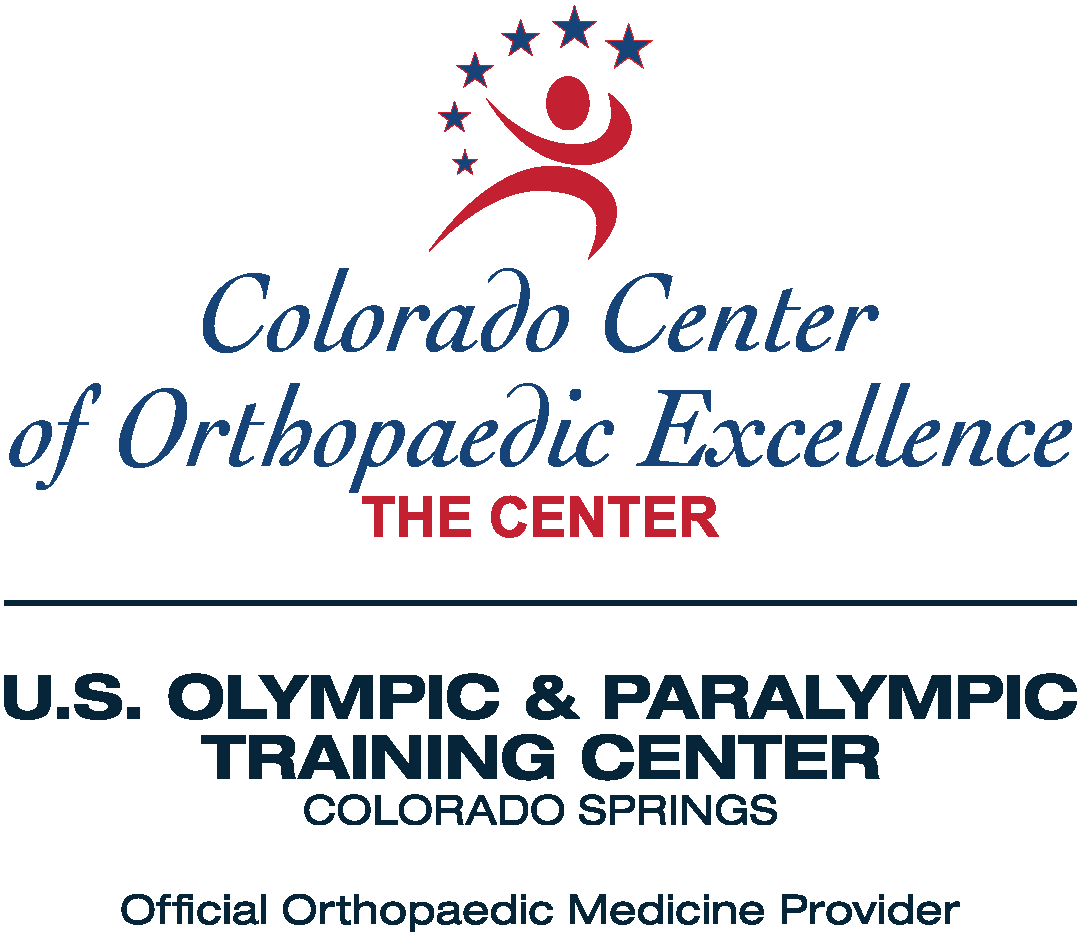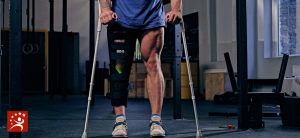Your hip is a ball and socket joint making it one of our most flexible joints, hence allowing greater range of motion than almost every other joint in the body, sans the shoulder. A smooth tissue, the articular cartilage, covers the surface of the ball and the socket. It creates a low friction surface that helps the bones glide easily across each other. The acetabulum is surrounded by strong fibrocartilage called the labrum. The labrum forms a lining around the socket, creating a tight seal, helping to provide stability to the hip joint
When they are healthy, it takes great force to hurt them. However, playing sports, running, overuse or falling, can all sometimes lead to hip injuries. These include strains, bursitis, dislocations, and fractures.
Certain diseases also lead to hip injuries or problems. Osteoarthritis can cause pain and limited motion. Osteoporosis of the hip causes weak bones that break easily, both of which are more common in older people.
What is A Hip Dislocation?
A traumatic hip dislocation occurs when the head of the thigh bone (femur) is forced out of its socket in the hip bone (pelvis). When there is a hip dislocation, the femoral head is pushed either backward out of the socket, or forward. It typically takes a major force, like a fall, to dislocate the hip. Car collisions and falls from significant heights are common causes and, as a result, other injuries like broken bones often occur with the dislocation. A hip dislocation is a serious medical emergency, where immediate treatment is necessary.
Symptoms of A Hip Dislocation:
- Severe chronic and persistent hip pain
- Numbness in the foot, leg, or ankle
- Limited mobility
If you have suffered an injury to your hip or think you may have dislocated it, request an appointment with the Colorado Center for Orthopaedic Excellence at (719) 623-1050 for immediate treatment.







